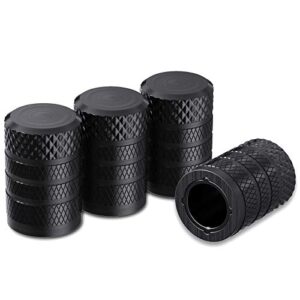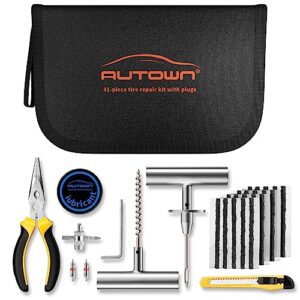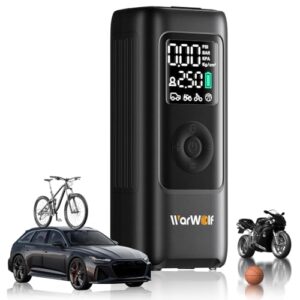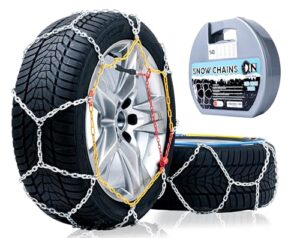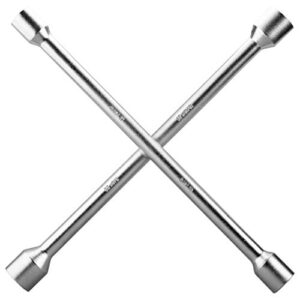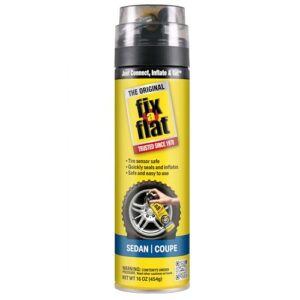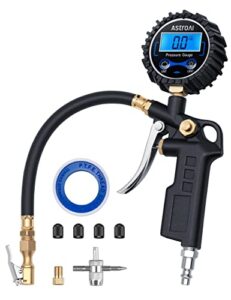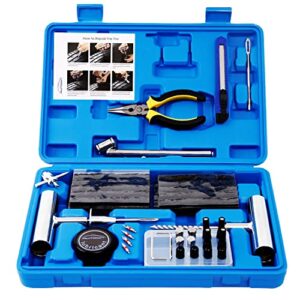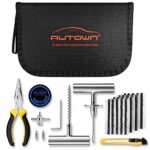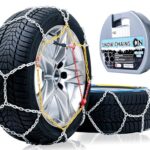Tire balancing adjusts the weight distribution around a vehicle’s wheels, while wheel alignment corrects the angles of the tires so they make proper contact with the road. Proper maintenance of tire balancing and wheel alignment is crucial for vehicle performance and safety.
Ensuring your tires are balanced prevents vibrations and uneven tire wear, contributing to a smoother ride and extended tire life. Regular wheel alignment checks prevent your vehicle from pulling to one side, ensuring optimal handling, and preserving tire tread. Both procedures, when performed regularly, improve fuel efficiency and reduce the strain on car components.
Ignoring these services can result in costly repairs and a less comfortable driving experience. Trust a professional service to keep your vehicle running straight and smooth, enhancing your overall driving experience.
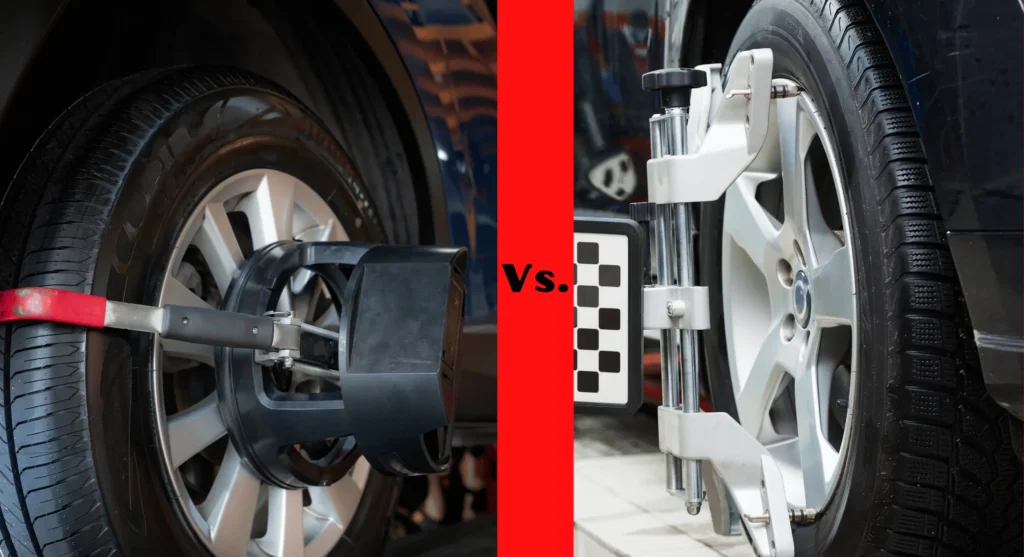
Tire Balancing And Wheel Alignment: The Basics
Maintaining your vehicle’s tires is key to a smooth ride. Two essential services for this are tire balancing and wheel alignment. They keep your car running safely and efficiently. But, they serve different purposes. Let’s explore each to understand how they improve your driving experience.
Defining Tire Balancing
Think of tire balancing as an equal weight distribution around your wheels. It ensures each tire spins smoothly at high speeds. Unbalanced tires can lead to vibrations, uneven tire wear, and extra strain on your car’s suspension.
- Signs you need balancing: steering wheel shakes, or the floorboard vibrates at certain speeds.
- Tools used: a specialized machine that pinpoints heavier spots needing adjustment.
Tire balancing is often done when:
- New tires are mounted onto wheels
- You feel vibrations while driving
- Tires show signs of uneven wear
Exploring Wheel Alignment
Wheel alignment, on the other hand, involves adjusting the angles of the wheels. This ensures they meet the road at the right angle. It also ensures your wheels sit correctly with each other and the car’s body. Good alignment helps prevent side-to-side tire wear.
| Alignment Type | Purpose |
|---|---|
| Camber | Vertical angle of wheels |
| Toe | Direction wheels point |
| Caster | Steering axis angle |
Wheel alignment is needed:
- After a set number of miles
- Following certain impacts or accidents
- If there are signs of uneven tire wear
- When steering feels unstable or pulls to one side
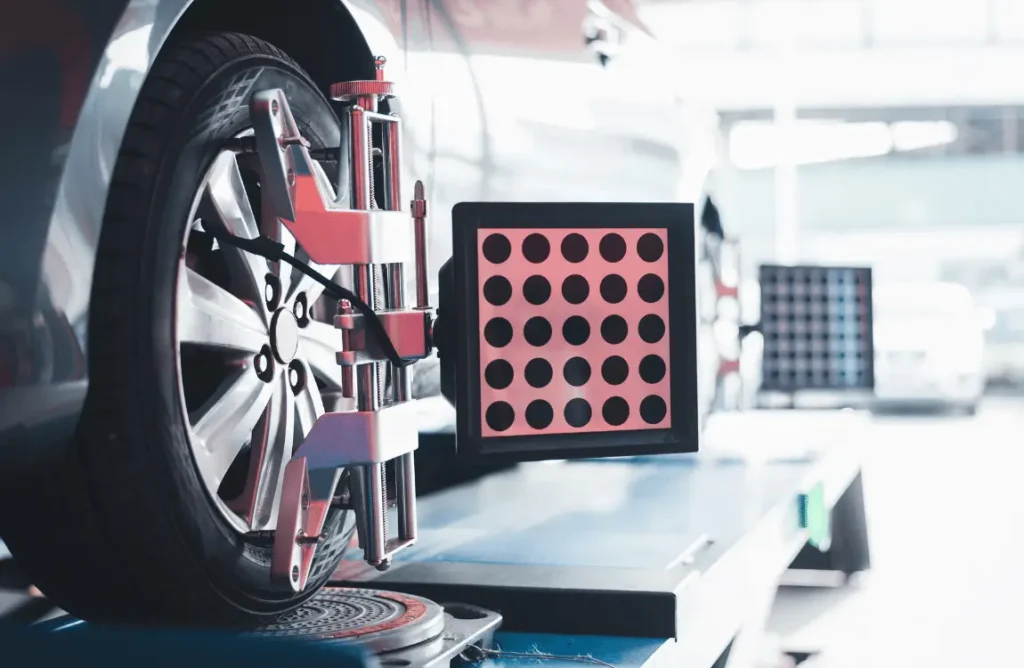
Signs Your Car Needs Attention
Driving should be smooth and safe.
Your car might tell you when it’s not happy.
Listen for unusual sounds. Feel for odd movements.
These signs mean your car needs a check-up.
Symptoms Of Imbalanced Tires
- Vibrations in the steering wheel.
- Uneven tread wear on the tires.
- The car pulls to one side while driving.
- Reduced fuel efficiency.
- A bumpy or thumping sound from the tires.
Indicators Of Misaligned Wheels
- The steering wheel is off-center when driving straight.
- Tires screech during turns.
- The car drifts to one side, even on a flat road.
- The steering wheel feels loose or unresponsive.
- Abnormal tire wear in a feathered pattern.
Deep Dive Into Tire Balancing
Tire balancing is critical for a smooth ride and long-lasting tires. This section teaches about this essential maintenance task, so read on to become a tire balancing whiz!
How Balancing Works
Tire balancing corrects weight imbalances in your tire and wheel assembly. Accurate balance is key for performance and tire longevity. The process involves attaching small weights to the wheel. This offsets any heavy spots. Balancing machines find these spots easily. The machine spins the wheel. It measures vibration to pinpoint imbalances. Mechanics then add the right weights to balance the wheel. This process ensures wheels spin without causing vibrations.
When To Get Tires Balanced
- After buying new tires: Always balance new tires.
- Every 5,000 to 6,000 miles: Regular checks prevent issues.
- If vibration occurs: Vibrating steering wheels signal imbalance.
- When installing winter tires: Seasonal swaps need checks too.
Balancing is part of regular tire maintenance. Don’t skip this step. Stay proactive to ensure safety and tire durability. Ready for balance? Visit your mechanic or tire shop soon!
Understanding Wheel Alignment
Wheel alignment is crucial for the proper handling and longevity of your vehicle’s tires. It ensures your tires meet the road at the proper angle, your wheels are pointing straight, and your tires are centered in the wheel wells. Correct alignment provides a smooth ride and helps tires wear evenly over time.
Alignment Process Explained
During a wheel alignment, a technician will adjust your vehicle’s suspension components. This doesn’t involve adjusting the tires or wheels themselves. The goal is to adjust the angles of the tires which affects how they make contact with the road. A precise alignment involves several steps:
- Inspection of the steering and suspension system.
- Checking the tire pressure and condition.
- Measuring the current alignment with specialized machinery.
- Adjusting the camber, toe, and caster to manufacturer specifications.
- Testing the vehicle to ensure it drives straight with no pulling to the sides.
Optimal Times For Wheel Alignment
Regular wheel alignments are essential for optimum vehicle performance. Here’s when to consider getting an alignment:
| Signs Your Car Needs an Alignment | Recommended Frequency |
|---|---|
| Uneven tire wear | Immediately |
| The steering wheel is off-center when driving straight | Immediately |
| The car pulls to one side | Immediately |
| After a significant impact or pothole hit | Immediately |
| Every 6,000 miles or 6 months | Preventatively |
This schedule may vary based on your vehicle type and driving habits. Always refer to your vehicle manufacturer’s recommendations for specific guidance.
Impacts Of Neglecting Maintenance
Maintaining your vehicle is crucial. Tire balancing and wheel alignment are key for a smooth drive. Skipping these can harm your car’s performance and cost you more in the long run.
Consequences On Vehicle Performance
Neglecting tire balancing and wheel alignment can lead to noticeable issues. Unbalanced tires cause vibrations. Misaligned wheels mean your car might pull to one side. Both reduce driving comfort and control.
- Uneven tire wear: Causes faster tire degradation.
- Poor fuel efficiency: The engine works harder due to increased rolling resistance.
- Difficult steering: Extra effort is needed to keep the car straight.
Long-term Damage And Costs
Ignoring these services can lead to costlier issues over time. Think punctures and worn-out tires. Suspension and steering can also take a hit. This means more visits to the mechanic and higher bills.
| Component | Without Maintenance | Potential Cost |
|---|---|---|
| Tires | Premature wear, blowouts | Replacement, towing fees |
| Suspension | Excessive wear and tear | Parts replacement, labor |
| Steering | Damaged components | Repairs or full replacement |
Save money and ensure a smoother ride. Don’t skip on tire and wheel upkeep. Your car’s longevity and your safety depend on it.
Professional Services Vs. Diy
Maintaining your vehicle’s tires and wheels remains crucial for a smooth ride. Understanding whether to choose professional services or take a DIY approach is essential. This section dives into the nitty-gritty of professional tire balancing and wheel alignment versus trying your hand at the process.
When To Visit A Mechanic
Professional services have unparalleled benefits. Experts use advanced tools to ensure precision. They spot issues regular drivers miss. For complex tasks or warranty-covered services, visit a mechanic. Signs you need professional help:
- Uneven tire wear
- Steering wheel vibration
- Car pulling to one side
Always check your vehicle manual for recommended service intervals.
Diy Approach: Pros And Cons
Attempting tire balancing and alignment yourself can be tempting. But it requires skill and precision. Here’s what to consider:
| Pros | Cons |
|---|---|
|
|
Tread carefully with DIY. Correct tools and a good understanding of the vehicle’s mechanics are mandatory. Without these, negative impacts include poor handling and increased tire wear.
Wheel alignment cannot be accurate without professional-grade equipment. Tire balancing involves precise placement of weights, less intimidating than alignment but still challenging.
Maintaining Optimal Performance
Maintaining the optimal performance of your vehicle is crucial. Understanding the difference between tire balancing and wheel alignment plays a pivotal role. Proper wheel alignment ensures your vehicle handles correctly. Balanced tires contribute to a smoother ride. Both practices are vital for optimal vehicle operation.
Routine Maintenance Tips
- Check tire pressure monthly to prevent uneven wear.
- Inspect tires for signs of imbalance, like vibrations or odd noises.
- Schedule regular tire rotations to distribute wear evenly.
- Get a professional wheel alignment annually or when you get new tires.
- Watch for steering issues, which can indicate alignment problems.
Longevity Of Tires And Alignment
Properly balanced tires and correct wheel alignment extend the life of your tires. This prevents premature wear. It saves you money. It ensures your safety on the road. Keep records of maintenance history for future reference.
| Service | Benefit | Recommended Frequency |
|---|---|---|
| Tire Balancing | Smooth ride, reduced tire wear | Every 5,000 to 6,000 miles |
| Wheel Alignment | Better handling, longer tire life | Once a year or as needed |
Frequently Asked Questions
Which Is Better Wheel Alignment Or Wheel Balancing?
Wheel alignment and wheel balancing serve different purposes; neither is better. Alignment ensures wheels face straight and tires wear evenly. Balancing eliminates wheel vibrations, improving ride comfort. Both are essential for safe, smooth driving.
How Do I Know If I Need A Balance Or Alignment?
You might need a balance or alignment if your car vibrates at high speeds or pulls to one side while driving. Notice uneven tire wear? It’s also a sign to have your vehicle checked.
Do I Need Wheel Alignment And Balancing?
Yes, regular wheel alignment and balancing are essential for even tire wear and optimal vehicle handling. They ensure your car drives smoothly and safely.
What Should I Do First Alignment Or Balancing?
Get wheel alignment done first, as it ensures proper car handling and tire positioning. Wheel balancing should follow, to eliminate vibrations and promote even tire wear. This sequence helps maintain optimal driving conditions.
Conclusion
Understanding the difference between tire balancing and wheel alignment is key for vehicle maintenance. Balanced tires ensure a smooth ride, while proper alignment safeguards against uneven wear. Both extend tire life and enhance driving safety. Regular checks are essential; schedule them with your mechanic.
Keep your car running smoothly and safely.





